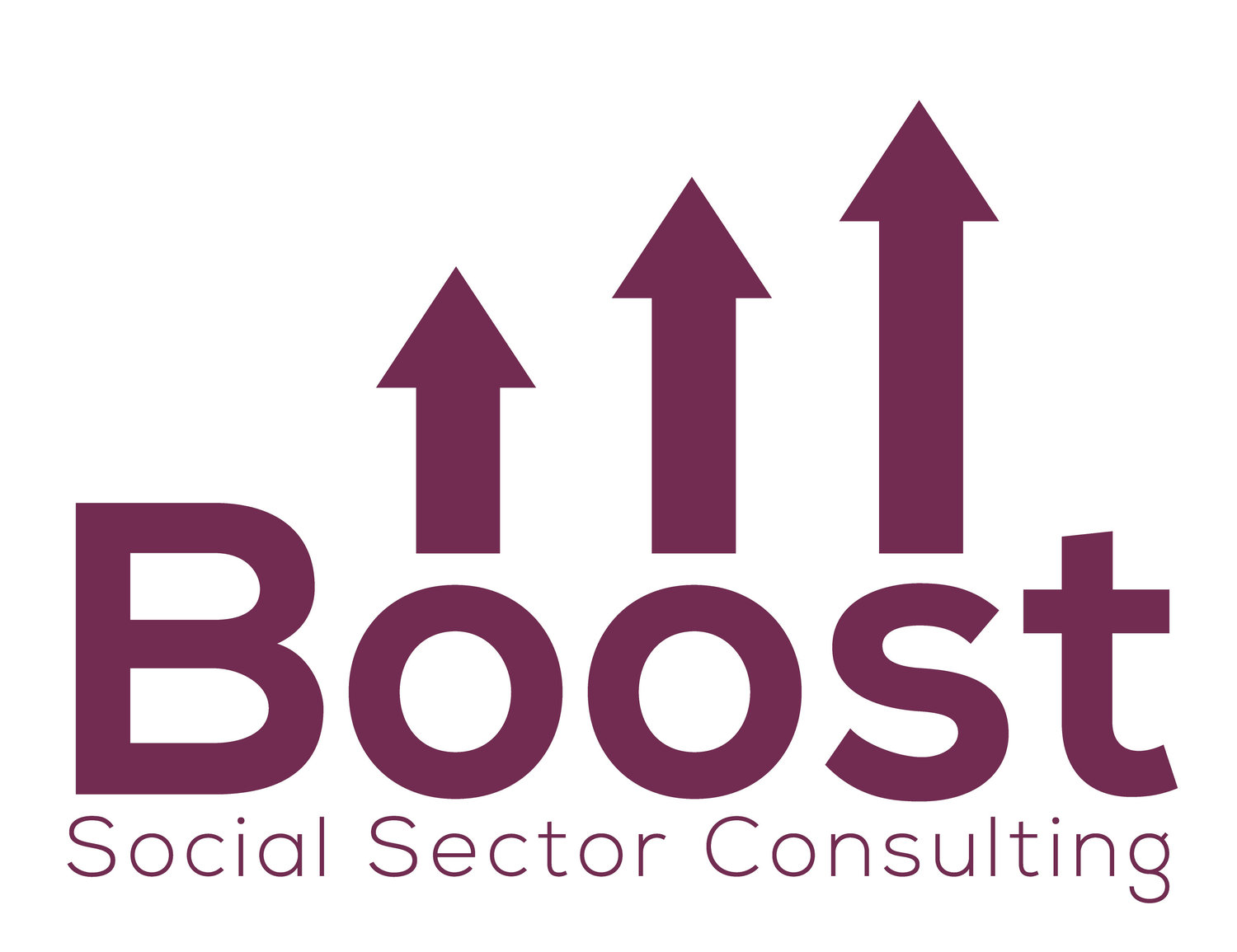Effective Boards Lead Successful Organizations
/By Brenda Huerta
There’s a saying by the French biologist Jean-Baptiste Lamarck: “The function makes the organ.” It refers to the ability of organisms to provide organs or capacities to their offspring that enable them to adapt and survive in the environment in which they will live. By this biological principle, some butterflies and insects look a lot like the flowers they inhabit, birds can imitate other animals’ sounds to protect themselves from predators, and giraffes’ necks grow so long that they can reach fruits and leaves on canopies. Taking Lamarck’s statement and applying it to organizational dynamics, we can understand what leadership means, how leaders provide what the organization needs in order to accomplish its mission and navigate the fields it serves, and how leaders can achieve a greater impact through their organization’s work.
Throughout several of Boost’s recent projects, we realized that the boards of some nonprofits have opportunities to be more effective in influencing their organization’s performance and/or outcomes. This conclusion inspired us to dig a little deeper on the role that boards play in an organization, and to try to understand better what causes dysfunctional boards and how they could be avoided. We developed a framework to help us deconstruct boards into smaller pieces and have a closer look. The framework divides boards into three elements: composition, structure, and practice.
Composition refers to the ideal mix of professional skills, resources, backgrounds, demographics, community connections, and other characteristics that a board requires to face the organization’s challenges as effectively as possible. A strong composition can be achieved through tools like a board composition matrix, which helps the organization ensure that the board comprises all the skillsets and perspectives that the organization needs. Having the right board members is a key component of a functional board. As simple as it sounds, there are many nonprofits that do not fully comprehend what the organization needs, and/or do not have processes that result in the selection of board members who are best for the organization.
The structure of a board is the accurate configuration regarding size, standing committees, ad hoc committees, task forces, councils, and length of membership terms. Committees allow for delegation so the whole board can stay focused on “big” issues. Some purposes of committees are to analyze and recommend specific courses of action, to monitor implementation, and to serve as an informal advisory resource to staff. If a board is structured properly, it will increase the effectiveness and efficiency of the organization.
The third element in this framework is practice. A board’s practices are the procedures through which a board carries out its operations – administrative (minutes, agendas, etc.) and governance responsibilities (audits, work plans, etc.). Practices can be effective and useful, or time consuming and disorganized. They can provide guidance and context to the organization, or they can produce unnecessary and ineffective work. We believe that if the three elements of the framework function together, the result will be outstanding performance of the board, ensuring a productive, healthy, and accomplished organization.
Returning to Lamarck’s principle, the board would represent the organism that gives birth to its ‘offspring’, the organization. The organization’s day-to-day resource usage, culture, and other essential characteristics dictate what is needed from the board. But at the same time, the board is acting as a ‘parent’, guiding the organization to where it needs to go. The organism provides what the offspring needs but it is also responsible for guiding it and teaching it to use its tools and resources, and to know what it must do to survive and accomplish its mission.
So, using our framework, the board’s composition, structure, and practice would be the organs that must adapt to the environment that the organization is inhabiting and to accomplish its mission. If the organization needs a strong board chair to give direction and make decisions, the board needs to provide a strong board chair. If the organization needs a stronger financial committee to guide them through hard times, the board must create the committee and provide the knowledge and mentoring for the organization to overcome the obstacles it's facing.
The real challenge for boards and organizations is to be able to identify what is failing, where help is needed, or what could work better. Our research and thought process have led us to come up with questions for boards to find these sources of dysfunction, and identify what needs to change. In a never-ending process of adaptation to the environment, human factors, and social needs, with an outstanding performance produced by a strong composition, an accurate structure, and best practices, a board can guide its organization to achieve its mission and impact the population they’re serving. What is your organization’s board story?


